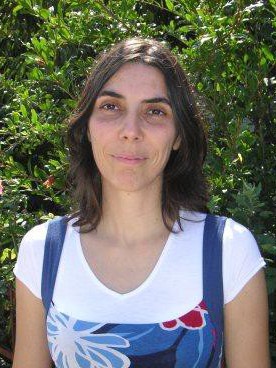abstract
Single crystals of the partially oxidised complexes [(n-Bu)(4)N](2)[M(dcbdt)(2)](5) with M = Au, Ni and Cu (dcbdt 4,5-dicyanobenzene-1,2-dithiolate) have been obtained by electrocrystallisation techniques. These compounds are isomorphous and present a triclinic structure, space group P (1) over bar. Their crystal structures were solved for the Au compound at 120 K and 298 K and for Ni compound at 120 K and consist of pentamerised segregated stacks of the partially oxidised complex along [-2,1,0], arranged in layers alternating with cation layers. Their physical properties (electrical conductivity and thermopower) are compared and related on the basis of extended Huckel calculations to the different electronic bandfillings imposed by the different metals and their slightly different structures. The lower electrical conductivity, sigma(RT) = 0.15 S cm(-1), with a larger activation energy, E(a) = 176 meV, as well as the larger magnitude of thermopower of the Ni compound, are consequences of both a more pronounced modulation of the stacking and electronic bandfilling with a Fermi level at a distortion induced gap. Both Au and Cu compounds present higher conductivity values, sigma(RT) = 10 S cm(-1), with very small activation energy (27 and 16 meV respectively) and in the Au compound a clear metallic regime is induced down to 100 K under a pressure of 9 kbar.
keywords
TTF DITHIOLATE LIGANDS; PHYSICAL-PROPERTIES; CRYSTAL-STRUCTURE; GOLD COMPLEXES; METAL; TRANSITIONS; PHASES; SALTS
subject category
Chemistry; Materials Science
authors
Lopes, EB; Alves, H; Santos, IC; Graf, D; Brooks, JS; Canadell, E; Almeida, M


